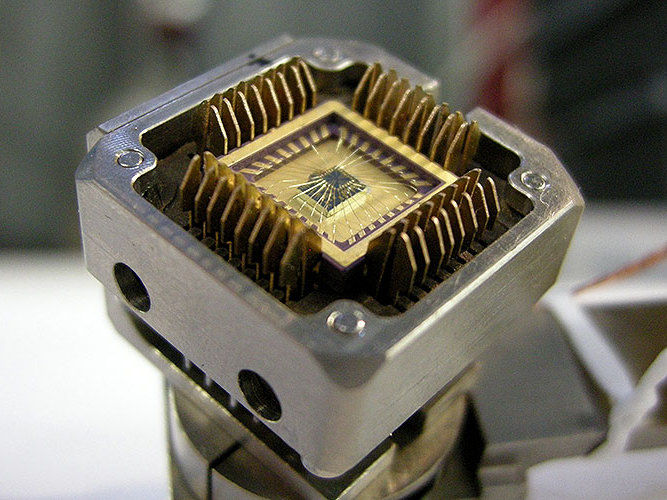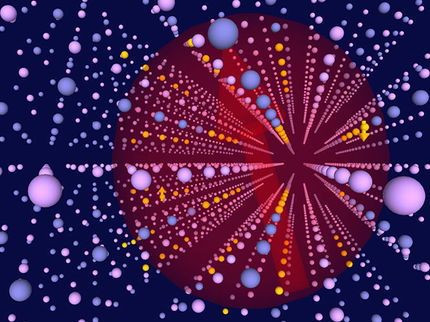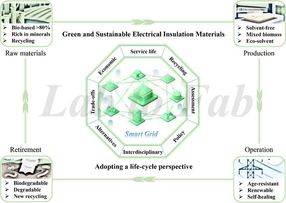New mechanism of electron spin relaxation observed
Advertisement
Physicists at the University of Basel are working on using the spin of an electron confined in a semiconductor nanostructure as a unit of information for future quantum computers. For the first time, they have now been able to experimentally demonstrate a mechanism of electron spin relaxation that was predicted 15 years ago. The scientists also succeeded in keeping the direction of the electron spin fixed for almost a minute – a new record.

Basel physicists examined the orientations of individual electron and nuclear spins. The basis for this was a chip with an edge length of 2 mm, which was cooled to the extremely low temperature 60 millikelvin.
University of Basel, Department of Physics
The intrinsic angular momentum of electrons (spin) could be used to store information in future quantum computers. Professor Daniel Loss from the University of Basel’s Department of Physics and Swiss Nanoscience Institute developed this concept 20 years ago together with Professor David DiVincenzo (RWTH Aachen), and proposed using electron spins in quantum dots as the smallest unit of information (qubit).
Theoretically applicable, experimentally challenging
Electron spin fulfills the necessary requirements: if a magnetic field is applied, the spin can act in the two states “spin-up” and “spin-down”, and can be quickly switched back and forth between the two.
Electron spin is also governed by the particular rules of quantum physics: both states can exist at the same time for a certain period of time, known as the coherence time. Spins can also be linked (entangled) with each other. If the state of a spin is manipulated, the state of the entangled spin also changes immediately. A spin-based quantum computer could use this to conduct millions of computing operations at the same time and complete tasks that are unthinkable for current supercomputers.
However, it has proven difficult to experimentally implement the theory; among other reasons, because the electrons and their spin are so tiny. This means that measuring and manipulating spin is only possible with huge technical effort.
New mechanism for orienting spin
One prerequisite for measuring the direction of a spin is its directional stability over as long a timeframe as possible. When uninfluenced, spins tend to move relatively quickly into the lower-energy spin-up state.
This process, known as relaxation, has been under examination by the group led by Professor Dominik Zumbühl at the University of Basel’s Department of Physics and Swiss Nanoscience Institute for several years now, because the key value of coherence time is always limited by relaxation time.
For the first time, the physicists were able to experimentally demonstrate a new mechanism of spin relaxation that was predicted about 15 years ago. When the electron spin flips, a nuclear spin flips in the opposite direction at the same time. The surplus energy is emitted in the form of a lattice vibration.
Progress enabled by technical improvements
Thanks to the technical innovations that made this experimental proof possible, the Basel scientists also achieved a new world record in electron spin stability. On average, the electron spin was able to remain in the high-energy spin-down state for 57 seconds.
They achieved this record by carrying out their experiments with great technical effort just above absolute zero (-273.15°C) and using a piezoelectric rotator to precisely control the direction of the magnetic field.
For the experiments, the Basel researchers designed an around 2×2 mm chip made of the semiconductor material gallium arsenide, on which they used nanofabricated metal electrodes to capture a single electron in a quantum dot. Cooled to an extremely low 60 millikelvin, the scientists were able to measure the timeframe of thousands of spin orientations; their optimal configuration with the smallest magnetic field gave an average value of 57 seconds.
“With this experimental observation of the new relaxation mechanism, we have substantially expanded our understanding of the physics of electron spins in nanostructures that we are hoping to use as qubits,” says Dominik Zumbühl. “These advances in control and measurement of the spin are important steps on the path to a quantum computer.”






























































